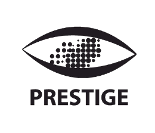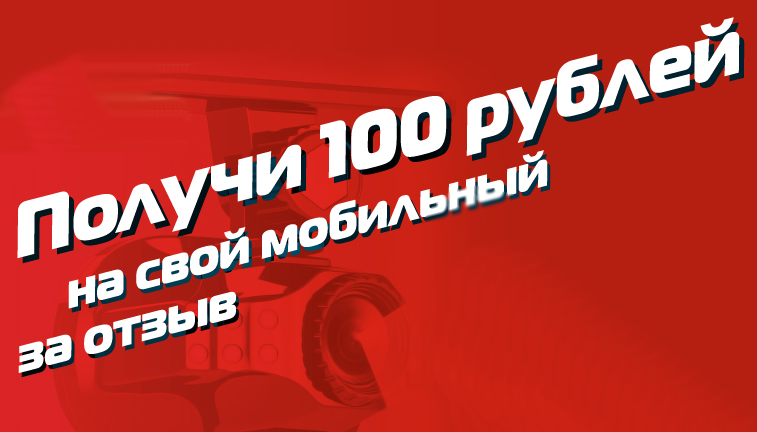Reviews on Student Sub-Cultures
An important latent function of education relates directly to student life: School provide for students social and recreational needs .
Education helps toddlers and young children to develop interpersonal skills that are essential during adolescence and adulthood. In their high school and college years , students may meet future husbands and wives and establish lifelong friendships
When people Observe high schools, community colleges, or universities from the outside, students appear to constitute a cohesive, uniform group. However, the student subculture is actually complex and diverse. High School cliques and social groups may crop up based on race, social class, physical attractiveness, placements in courses, athletic ability, and leadership roles in the school and community.
In his classic community study of Elm town, August B. Hollingshead (1975) found some 259 distinct cliques in a single high school. The Cliques, whose average size was five, were centered on the school itself, on recreational activities, and on religious and community groups.
Amid these close-knit and often rigidly segregated cliques, gay and lesbian students are particularly vulnerable. Peer group pressure to conform is intense at this age. Although coming to terms with ones sexuality is difficult for all adolescents, it can be downright dangerous for those whose sexual orientation does not conform to societal expectations
Teachers and administrators are becoming more sensitized to these issues. Perhaps more important, some schools are creating gay-straight alliances (GSAs), school-sponsored support groups that bring gay teens together with sympathetic straight peers.
Begun in Los Angeles in 1984, these programs numbered nearly 3,000 nationwide in 2005; most were founded after the murder of Matthew Shepard, a gay college student, in 1998. In some districts parents have objected to these organizations, but the same court rulings that protect the right of conservative Bible groups to meet on school grounds also protect GSAs.
In 2003, York City public schools moved an in-school program for gays, bisexuals , and transgender students to a separate school of their own. The Harvey Milk High School was named in memory of San Franciscos first openly gay city supervisor, who was assassinated in 1978 (Gay, Lesbian and straight Education Network 2005)
We can find a similar diversity of students groups at the college level. Burton Clark and Martin Trow (1966) and more recently. Helen Lefkowitz Horowitz (1987) have identified four distinctive subcultures among college students:
1. The collegiate subculture focuses on having fun and socializing. These students define what constitutes a reasonable amount of academic work (and what amount of work is excessive and leads to being labeled as a grind). Members of the collegiate subculture have little commitment to academic pursuits .
Athletes often fit into this subculture.
2. The academic subculture identifies with the intellectual concerns of the faculty and values knowledge or its own sake
3. The vocational subculture is primarily interested in career prospects, and views college as a means of obtaining degrees that are essential for https://lamchungchihcm.com/ advancement
4. Finally, the nonconformist subculture is hostile to the college environment, and seeks out ideas that may or may not relate to academic studies. This group may find outlets through campus publications or issue-oriented groups

